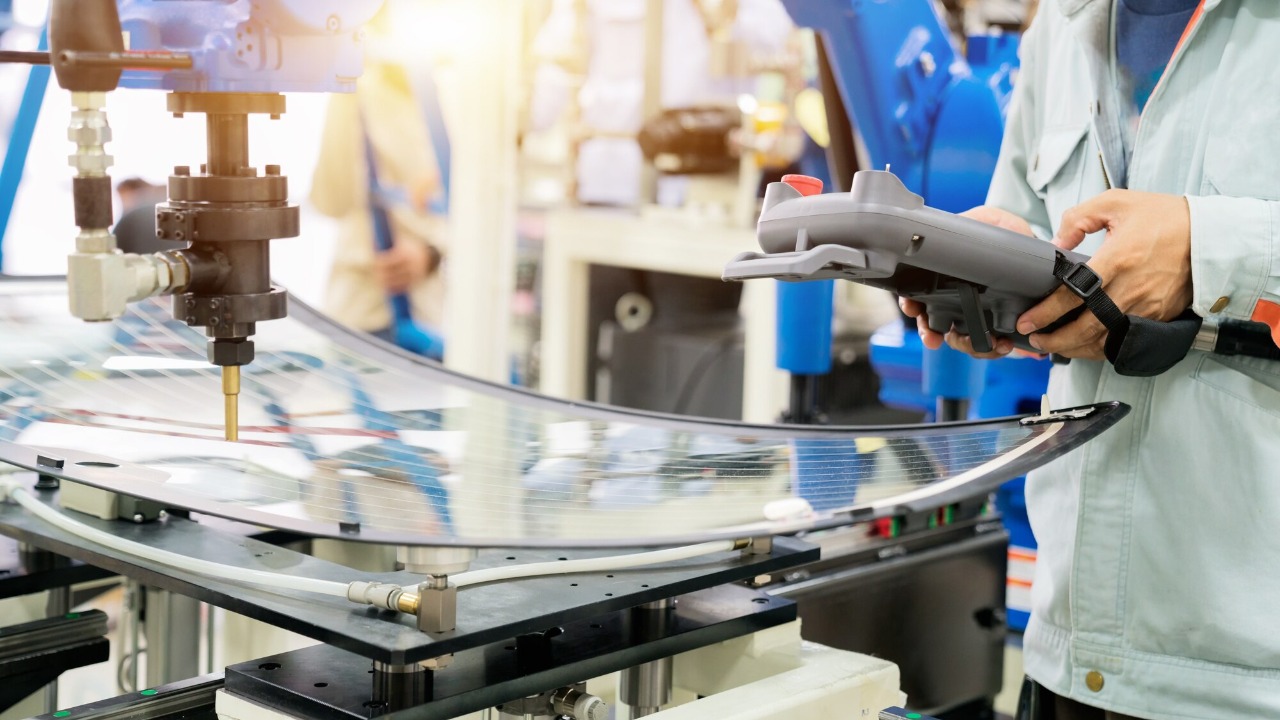
China’s latest innovation is a transparent coating technology that can turn ordinary windows into solar power generators. This remarkable advancement has the potential to completely change how we harness and utilize solar energy in our daily lives.
Understanding the Transparent Coating Technology

The transparent coating is a photovoltaic film that can be applied to windows to convert solar energy into electricity. The film is made up of organic materials, which are both safe and environmentally friendly. These materials are capable of absorbing sunlight and converting it into electricity via photovoltaic cells. Eurekalert, a science news website, provides a detailed explanation of this.
Photovoltaic cells are the core component of this technology. They work by generating an electric field when exposed to sunlight. The light excites the electrons in the cells, causing them to move and create energy. The use of organic materials in the transparent coating enhances this process, increasing the efficiency and effectiveness of the conversion. A comprehensive explanation of the science behind photovoltaic cells can be found in this ScienceDirect article.
The Development and Testing of the Technology

The South China University of Technology has played a critical role in developing this technology. The university’s researchers have conducted a series of experimental tests to determine its efficiency and viability. The results have been promising, with the technology demonstrating the potential to convert a significant amount of solar energy into electricity.
However, like any emerging technology, there is room for improvement. Researchers are continuously working to enhance the efficiency of the photovoltaic cells and the overall effectiveness of the transparent coating. Future advancements may include increasing the light absorption capacity and improving the energy conversion rate.
Implications for Energy Conservation and Sustainability

The widespread use of this technology could have significant implications for energy conservation and sustainability. By converting windows into solar power generators, we can greatly increase the amount of solar energy we harness and reduce our reliance on non-renewable energy sources. An article by the Royal Society of Chemistry discusses the potential energy savings of this technology in detail.
Furthermore, this technology could play a key role in promoting sustainable energy use and combating climate change. By reducing our dependence on fossil fuels, we can significantly decrease our carbon emissions and contribute to the global effort to mitigate climate change.
Practical Applications and Commercialization Prospects

This technology has numerous potential applications. It can be used in homes, offices, and public buildings, essentially turning any building with windows into a solar power generator. This could greatly reduce the energy costs for these buildings and contribute to a more sustainable built environment.
The cost-effectiveness and affordability of the technology are also crucial factors for its mass use. While the initial costs may be higher than traditional windows, the potential energy savings could offset these costs in the long run. The El Diario provides an in-depth analysis of the commercialization prospects of this technology.
Challenges and Future Directions

Despite its potential, the transparent coating technology does face some challenges. These include technical issues related to the manufacturing and application of the coating, as well as the efficiency of the photovoltaic cells. However, these challenges are not insurmountable, and solutions are being researched and developed.
The technology also has the potential to disrupt the current solar power industry. It offers a more convenient and flexible way to harness solar energy, which could make it a strong competitor to traditional solar panels. Future research will focus on enhancing the efficiency and affordability of the technology, making solar power more accessible and widespread.